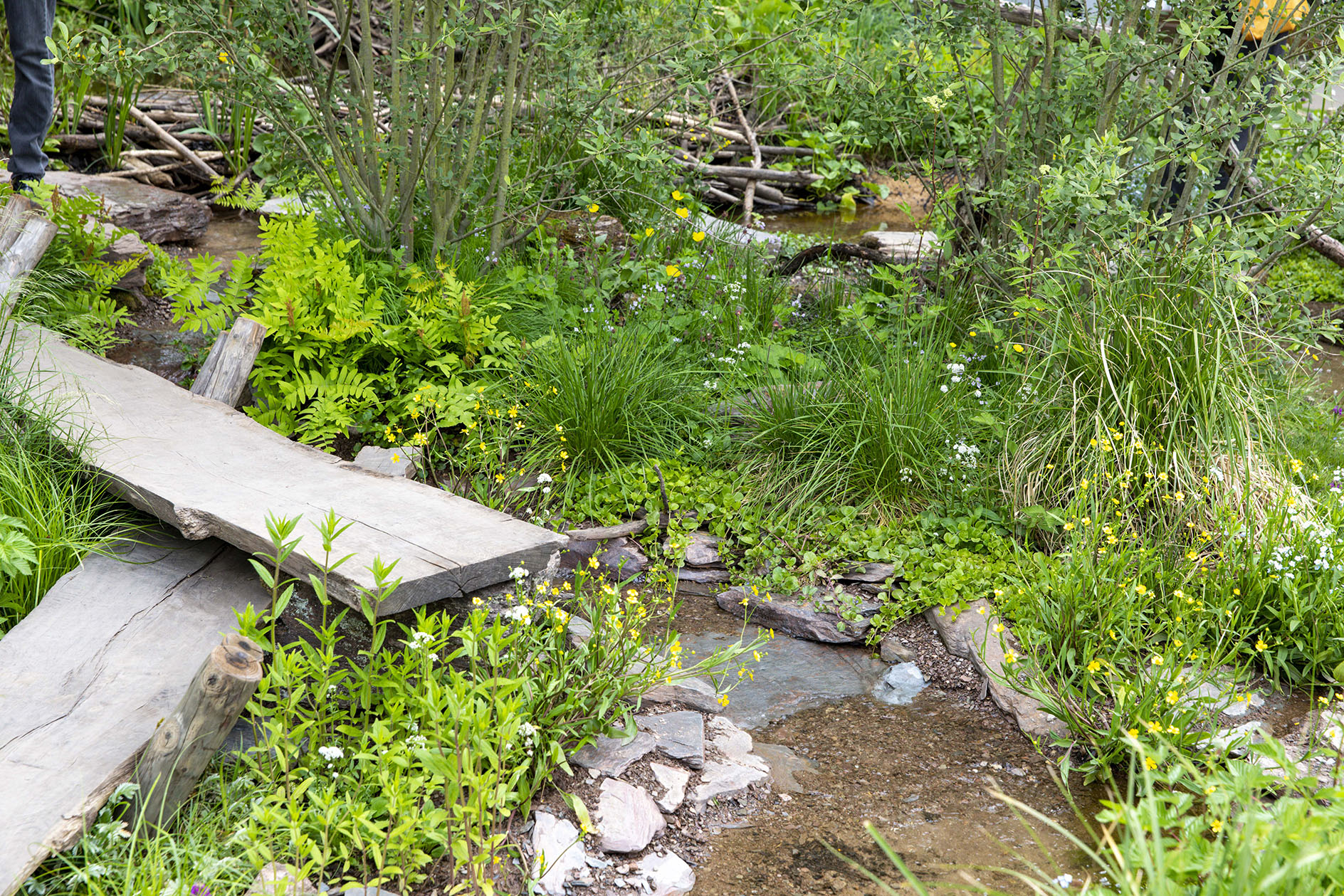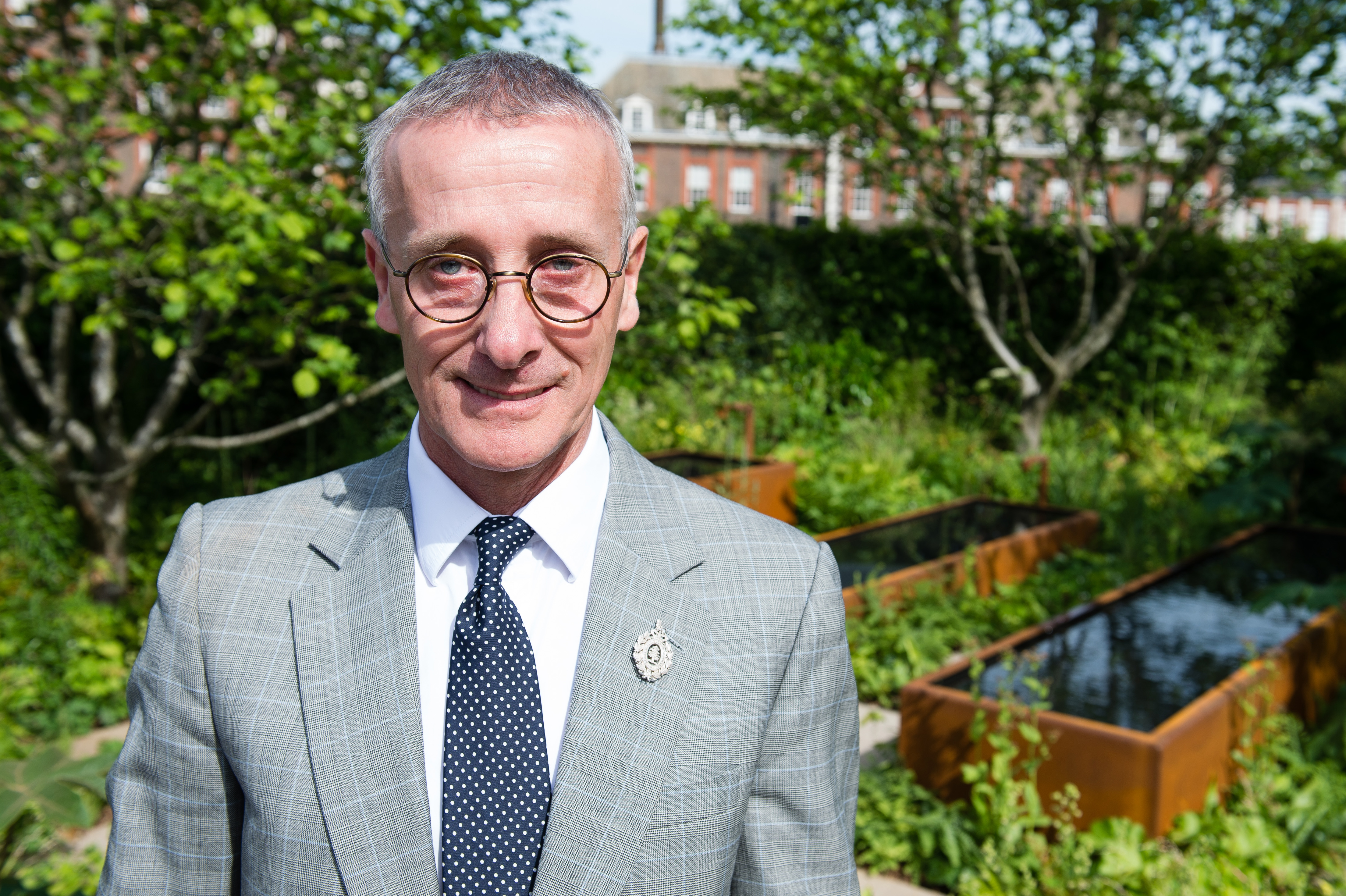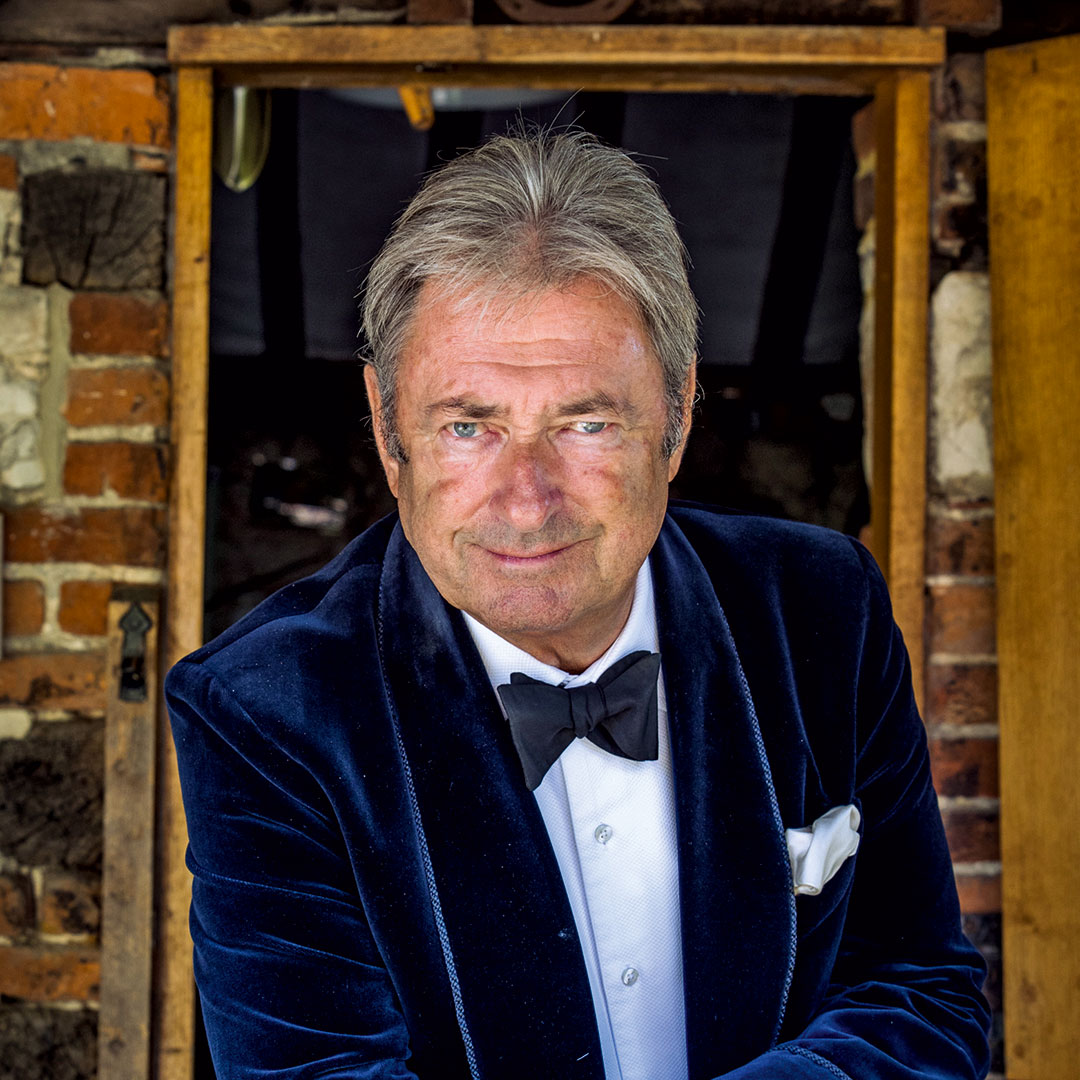Alan Titchmarsh on Chelsea 2024: 'We need controversy to make us think... Just don’t expect me to regard slugs and snails as my friend'
Alan Titchmarsh looks ahead to the 'matchless spectacle' of the 2024 Chelsea Flower Show, the 'Paris catwalk of the British gardening scene.'


Amid all the hoopla that surrounds the horticultural event of the year that we call the RHS Chelsea Flower Show, at its heart is a group of folk who continue a tradition that is as old as Adam. It would be a travesty if they were regarded as merely an add-on, for what they do is keep alive the plants and the growing skills that have made British gardens the envy of the world.
It may be the show gardens that steal the newspaper headlines: this year, we have a Bridgerton Garden sponsored by Netflix. One only hopes that the ghastly artificial wisteria that flowers all year round on the town house owned by that family in the television series is not a feature. Yes, the show gardens themselves offer inspiration (although their six-figure construction costs are eye-watering), but it is the expertise of specialist growers in the Great Pavilion that deserves every bit as much attention and praise.
Having attended every Chelsea since the late 1960s and presented the BBC coverage for 30 years, it has been interesting to observe — and commentate on — its development over the decades. Back in the 1970s, the same garden designers would pop up year after year — Donald Farthing for the Daily Express, John Brookes for the Financial Times and Dougie Knight with his Lancastrian rock garden on what is still known as the Rock Garden Bank. Now, such creations are consigned to history — but perhaps only temporarily…
The variety of today’s show gardens is hugely welcome, as is the appearance of young garden designers with original ideas. Less welcome are the fads and fancies that purport to signal the way forward in domestic gardens, but which are in real terms a step backwards. The erroneous assumption a couple of years ago that ‘rewilding’ meant reducing the number of exotic plants in the garden and sticking to British natives was a case in point.

Why anyone could think fewer species and varieties could increase biodiversity is beyond me. What’s more, if our gardens are to survive global warming, we need to be broadening the range of plants we grow, not reducing it, in the interests of populating our gardens with plants that thrive in a changing climate. But we need controversy to make us think and keep us fresh. (Just don’t expect me to regard slugs and snails as my friend.)
When you have drunk your fill of the show gardens and their undoubted spectacle (thankfully, there is always a handful that you would happily install at home), move into the Great Pavilion and bask in the reflected glory of the plants and flowers grown to perfection by our nurserymen. Covid rather dented the ability of many of them to be present for a while, but, this year, the complement is up to full strength once more, with more than 70 growers exhibiting their charges.
Back in the 1980s, the Pavilion’s predecessor, The Grand Marquee, was a gargantuan canvas structure. Peter Seabrook and I would begin filming for the BBC coverage at 7am; I will never forget unpicking the loops of rope that held down a flap of the doorway at 6.30am and entering this cathedral of flowers, which, at that time, was deserted by humanity. The nurserymen and growers would have worked through the night staging their blooms, then retired to bed in the early hours, leaving us to have the place to ourselves. The mingled aroma of roses and strawberries, cherry blossom and crushed turf would assail our nostrils as we gazed upon this horticultural paradise, seemingly created just for the two of us. I confess to never having a dry eye as I gazed entranced.
Exquisite houses, the beauty of Nature, and how to get the most from your life, straight to your inbox.
My admiration for these growers — always willing to offer helpful advice to anyone who cares to ask — knows no bounds. Whether it is the spectacular spires of Black more & Langdon’s delphiniums, the rainbow colours of Bloms’ tulips or Raymond Evison’s clematis from Guernsey, I remain in awe of their skills as growers. This year, I am keen to see the exhibits from relative newcomers, such as Green Jjam Nurseries, which is exhibiting penstemons, Miles Japanese Maples, Primrose Hall Peonies and the verdant glory of Alchemy ferns. No flowers on this last exhibit, but then, as a friend of mine remarked when observing such a display a couple of years ago: ‘With fronds like these, who needs anemones.’
Ah, Chelsea: the Paris catwalk of the British gardening scene. A matchless spectacle, a sprinkling of controversy and a wonderful example of the incomparable skill of British gardeners.
RHS Chelsea Flower Show 2024: See all the gold medallists
We take a look at all the gold medallists from the 2024 RHS Chelsea Flower Show. All photographs by Andrew

'Nothing wrong with a bit of furore': An insider's guide to judging the Chelsea Flower Show, by RHS senior judge James Alexander-Sinclair
James Alexander-Sinclair comes to the Country Life podcast to talk about his career in gardening, and his two decades spent
Alan Titchmarsh is a gardener, writer, novelist and broadcaster.
